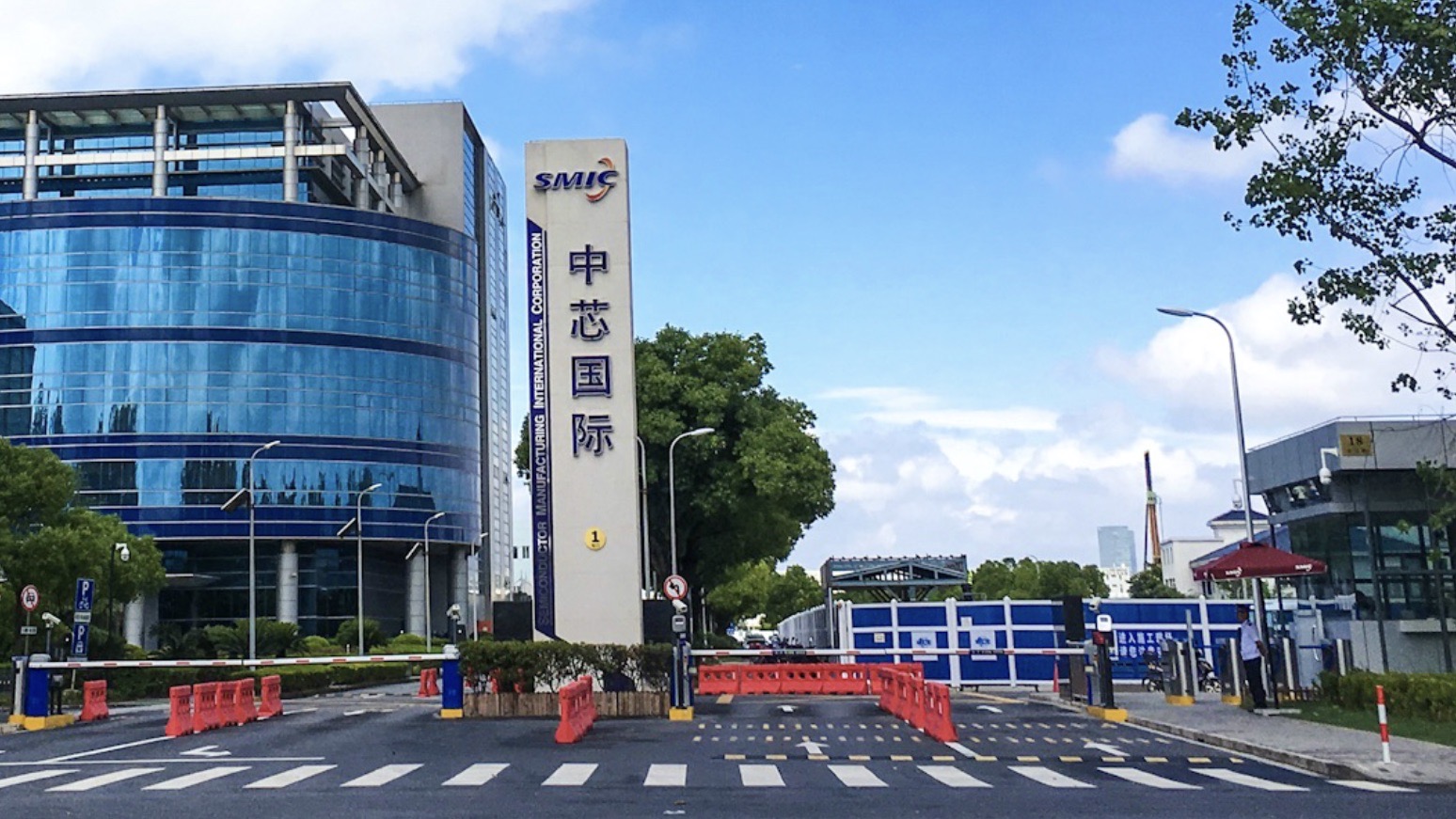(ATF) China’s largest chipmaker Semiconductor Manufacturing International Corp (SMIC) said on Wednesday it planned to jointly invest in a $2.35-billion project with the government of Shenzhen to make 40,000 wafers per month in the southern Chinese city from 2022.
SMIC said in a exchange filing that Shenzhen government company Shenzhen Major Industry Investment Group Co Ltd (Shenzhen Major) was expected to take a stake of no more than 23% in its subsidiary in the booming southern tech hub under a framework cooperation agreement, with SMIC retaining around 55%.
“The company and Shenzhen government will jointly drive other third-party investors to complete the remaining capital contribution,” it said.
The venture will give Shanghai-based SMIC, which was blacklisted by the United States in December, much-needed extra production capacity amid a global chip shortage as the Covid-19 pandemic drives up demand for electronics, such as laptops and phones.
SMIC’s co-CEO Zhao Haijun said last month the company could not meet customer demands for certain mature technologies and its plants have been running “fully loaded” for several quarters.
The Shenzhen project will “focus on the production of 28 nanometer and above integrated circuits and technical services with a goal of achieving eventual production capacity of about 40,000 12-inch wafers per month,” the filing said, adding that production was expected to commence in 2022.
The SMIC board believes the capital contribution to SMIC Shenzhen will enable the company to “expand its production scale, advance its nanotechnology service and thus achieve a higher return,” it added.
LARGER PLANT IN BEIJING
The Shenzhen deal follows the construction kickoff of another SMIC plant in Beijing last month at the Beijing Economic-Technological Development Area (BDA), with planned investment of $7.6 billion that will be jointly made by SMIC and the BDA.
The Beijing facility, in which SMIC owns a 51% stake, will also be focused on mature technologies – 28 nanometer and above. It has a planned capacity of 100,000 per month and is slated to become China’s largest 12-inch wafer plant.
LESS RESTRICTION ON MATURE TECHNOLOGY
The former US president Trump last year signed orders that prohibited semiconductor companies using American technology from supplying chips to Huawei, and SMIC was one of them. Trump later added SMIC to an export control blacklist, cutting it off from obtaining chip equipment from American companies.
The US Department of Commerce imposed a stricter review policy for equipment makers to supply to SMIC advanced technologies used at 10nm and below, but there are less restriction on mature technologies such as 28nm and above.
The joint ventures between the chip maker and the local governments are in line with China’s efforts to become self-sufficient in semiconductor technology, especially in regard with 28nm process with the next two years.
This technology is positioned between the low to mid and mid to high-end chips and is widely used in mature products like smart TVs and other smart gadgets.
(With reporting from Reuters)























